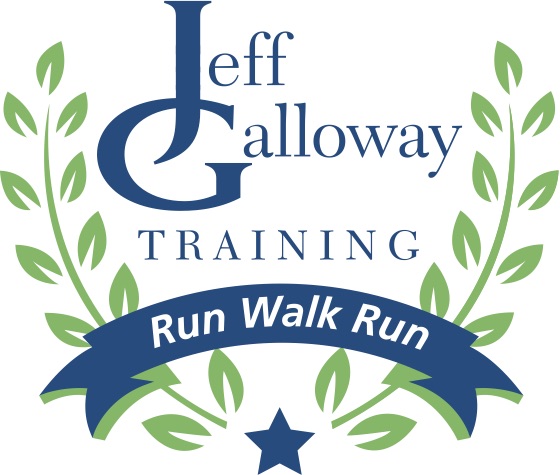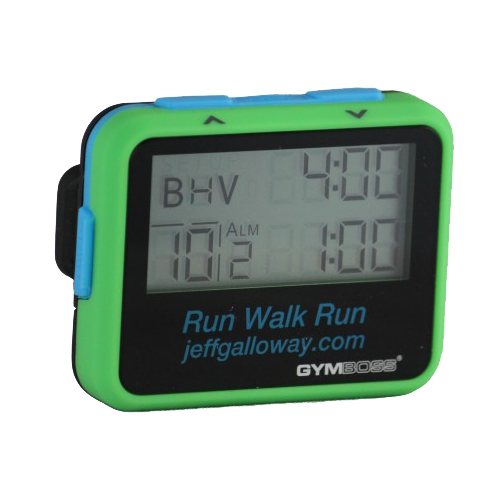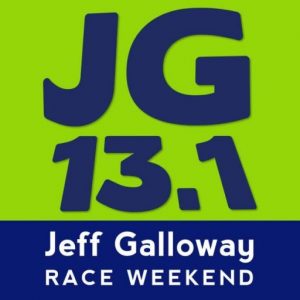Training
Learn More in Walking: The Complete Book
Walking
Walking Form
Most people walk correctly when they use a gentle and comfortable walking motion. But every year, there are exercisers who get injured because they are walking in a way that aggravates some area of the foot or leg. Most of these problems come from trying to walk too fast, with too long a stride or from using a race walk or power walk technique (which I don’t recommend).
1. Avoid a long walking stride. Maintain a relaxed motion that does not stress the knees, tendons or muscles of the leg, feet, knees or hips. If you feel pain or aggravation in these areas, shorten your stride. Many walkers find that they can walk fairly fast with a short stride. When in doubt, walk more slowly and gently.
2. Don’t lead with your arms. Minimal arm swing is best. Swinging the arms too much can encourage a longer walk stride which can result in aches and pains. The extra rotation of knees, hips, etc., can lead to longer recovery or injury. The legs should set the rhythm for your walk, allowing you to get into a delightful pattern of right brain thoughts that some call “the zone.”
3. Let your feet move the way that is natural for them. When walkers try unnatural techniques that supposedly increase stride length by landing further back on the heel or pushing further on the toe than the legs are designed to move, many get injured. I don’t recommend race walking or power walking for this reason.
4. Walking sticks? Many long distance walkers have enjoyed using this European import, which gives the hands and arms “something to do.” These adapted ski poles have hand grips that are molded to the human hand for secure gripping. On tough terrain, they may aid in balance. On flat terrain, the poles lightly touch the ground. When pesky dogs appear, you have a means of defense. In races, however, they may cause other walkers or runners to stumble and fall.
Shuffle before you get tired.
Most of us, even when untrained, can walk for several miles before fatigue sets in, because walking is an activity that we are bio-engineered to do for hours. Many beginners get discouraged, however, because during the first session or two they don’t feel that they are going as far as they should – and add a mile or two. During the extra mileage, they often feel strong and hardly tired. In a day or two, they know otherwise as overused muscles complain.
The continuous use of the walking muscles and tendons – even when the walking pace feels completely comfortable – increases stress on our “weak links,” increasing aches and pains much more quickly. If you shuffle before your walking muscles start to get tired, you recover instantly. This increases your capacity for exercise while reducing the chance of a next-day soreness attack.
Shuffling is barely moving your feet and legs, to let the walking muscles recover.
Most of the time you’re doing it right if you feel comfortable, aren’t huffing and puffing and don’t have any aches or pains after your first 10 minutes of walking. You are the captain of your walking ship, and it is you who determines how far, how fast, how much you will walk, etc. If you choose to insert shuffle breaks from the beginning of any walk that is long for you, you will gain a major degree of control over fatigue, aches and pains.
What is a “shuffle?”
With your feet next to the ground, use a short stride with minimal movement. You’re still moving forward but not having to spend much energy doing so. When you insert 30 to 60 seconds of shuffling into a regular walk, every two to four minutes, your walking muscles relax and rest. This lowers the chance of aches and pains due to the constant use of the muscles, tendons, etc.
A strategy that gives you control
You can’t wait until you’re tired – you must insert the “shuffles” from the beginning. In setting up a conservative strategy of walk/shuffle, you gain control over fatigue, soreness and aches. Using this fatigue-reduction tool early gives you muscle strength and mental confidence to the end. Even when you don’t need the extra muscle strength and resiliency bestowed by the method, you will feel better during and after your walk and will finish knowing that you could have gone further, while recovering faster.
Shuffle breaks allow you a chance to enjoy every walk. By taking them early and often, you can feel strong, even after covering a distance that is very long for you. There is no need to be exhausted at the end of a walk if you insert enough shuffle breaks, for you, on that day.
A short and very gentle shuffle
During the shuffle you are only slightly moving your feet and legs. This allows the tendons, muscles, etc. to recover from your regular walking motion. Keep the feet next to the ground, taking baby steps, barely moving the legs.
No need to ever eliminate the shuffle breaks
Some beginners assume that they must work toward the day when they don’t have to take any shuffle breaks at all. This is up to the individual but is not recommended. Remember that you decide what ratio of walk/shuffle to use. I suggest that you adjust the ratio to how you feel on a given day.
Even the most experienced walker has a few “weak links” that are irritated from continuous use. Shuffling can manage these – or eliminate them.
How to keep track of the shuffle breaks
There are several watches which can be set to beep when it’s time to shuffle and then beep again when it’s time to walk. Many people are now using the clip-on Galloway Timer, available here.
How to use shuffle breaks
1. Beginners could walk for 2 minutes and shuffle for 30 seconds. If you feel good during and after the walk, continue with this ratio. If not, adjust the ratio until you feel good.
2. Shuffle breaks allow the body to warm up more easily. If your legs feel tight or you have some soreness, walk for a minute and shuffle for 20-30 seconds – for the first 10 minutes. As the legs loosen up, reduce the shuffles as necessary.
3. On walks longer than 45 minutes or so, even experienced walkers find that a 30-second shuffle, after about 4 minutes of walking helps recovery and reduces aches and pains.
4. On any given day, when you need more shuffling, do so. Don’t ever be afraid to drop back to make the walk more fun and less tiring.
5. The earlier you start the shuffles, the more benefit.





